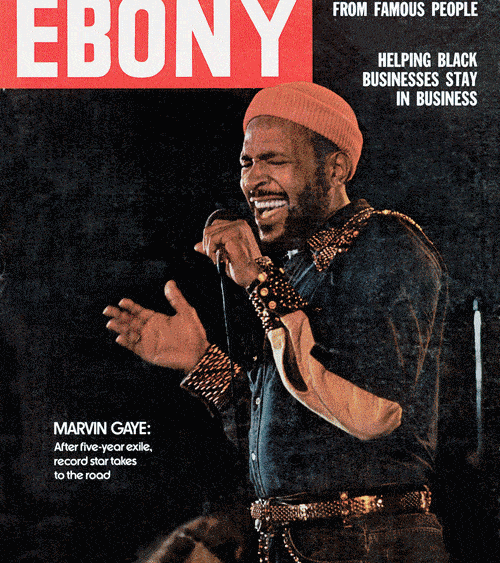[ad_1]
The Afro-Americans of the 1970s
In a decade rife with turmoil, America witnessed the widening of the war in Vietnam; at least one infamous protest to that war that ended with four unarmed students dead at the hands of National Guardsmen; a political scandal that resulted in President Richard Nixon’s resignation from office; the overthrow of the Shah of Iran, culminating in Iran becoming an Islamic state; the murders of 11 Israeli athletes at the Munich Olympic Games; and over a dozen airplane hijackings involving U.S. citizens.
Jimmy Carter, a former state senator and one-time governor of Georgia, a peanut farmer and self-professed born-again Christian, would be elected the 39th president of the United States. The Vietnam War would end; abortion would be legalized; America would celebrate its bicentennial; and a “kids’ film” called Star Wars would be released to much acclaim.
In the midst of these events, Afro-Americans would also find themselves wrestling with challenges unique to their experience, challenges that captured the focus of EBONY. The May 1974 issue exposed the emotional and psychological cost to Black children from forced busing as a SCOTUS-mandated solution to desegregation. Disillusioned with the lack of progress gained from the traditional, nonviolent protests of the ‘60’s, Afro-Americans viewed the passage of the 1964 Civil Rights Act, the 1965 Voting Act, and the 1968 Fair Housing Act as a good start to racial equality, but one which ultimately fell short. The August 1970 special issue explored possible resolutions to the Afro-American struggle, asking on its black cover, “Which Way Black America? Separation? Segregation? Integration?” while the June 1972 issue, which displayed on its cover White actor Carroll O’Connor (who portrayed bigot Archie Bunker on TV’s All in the Family), posed and answered the question, “Is Archie Bunker the Real White America?” Contributors to EBONY throughout the 1970s kept at the forefront of the discussion on race the need for a Black power base, self-acceptance and unity. When the new genre of blaxploitation films emerged, EBONY demanded to know whether they constituted “culture or con game.”
Although EBONY devoted several covers to favored celebrities, such as Cicely Tyson, Diana Ross, Muhammed Ali, Gladys Knight and Billy Dee Williams, notable politicians, such as New York’s Shirley Chisholm, the first Black woman elected to Congress; Texas Congresswoman Barbara Jordan, the first Afro-American to deliver a keynote speech at the Democratic National Convention; and California Congresswoman Yvonne Braithwaite Burke, the first African- American woman to represent the West Coast in Congress, would also find themselves the subjects of cover stories in 1971, 1975 and 1974, respectively. As Afro-Americans sought to understand and appreciate their African heritage, EBONY would follow and report on Richard Roundtree’s visit to Ethiopia in 1973 for the filming of Shaft, and explore Alex Haley’s journey to ancestral discovery as evidenced in his Pulitzer Prize- and National Book Award-winning book, Roots, and the critically acclaimed and highly rated TV miniseries upon which it was based.
Throughout the tumultuous decade that was the ’70s, EBONY challenged its readers to examine the world in which they lived, to understand the gravity of the choices they faced and to decide for themselves the best course of action for the future.
BLACK HISTORY FROM THE PAGES OF EBONY
Vote your favorite five covers and you will be entered to win a jumbo-sized poster of your favorite EBONY cover. We will choose one winner per day – Vote for your favorite cover now!
VIEW THE ENTIRE BLACK HISTORY MONTH SERIES
AFRICAN-AMERICANS IN THE OBAMA ERA
THE AFRICAN-AMERICANS OF THE 1990S
THE BLACK AMERICANS OF THE 1980S
[ad_2]
Source link

